
Anti-Slavery Ceramics at Historic Deerfield
BY DANIEL SOUSA
In 18th- and 19th-century Britain, locally produced ceramics became an important medium for celebrating the economic benefits of slavery as well as denouncing its horrors.

BY DANIEL SOUSA
In 18th- and 19th-century Britain, locally produced ceramics became an important medium for celebrating the economic benefits of slavery as well as denouncing its horrors.
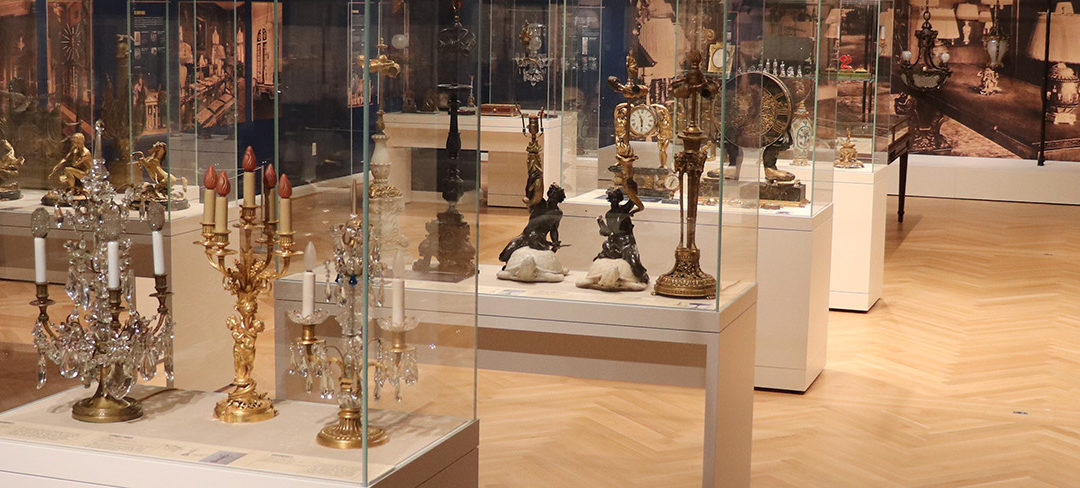
BY PATRICK SHEARY
Illuminating Design: The Decoration and Technology of E. F. Caldwell and Co., 1895–1959, on view at the DAR Museum in Washington, D.C., is the first exhibit to focus on the work of this New York City firm.
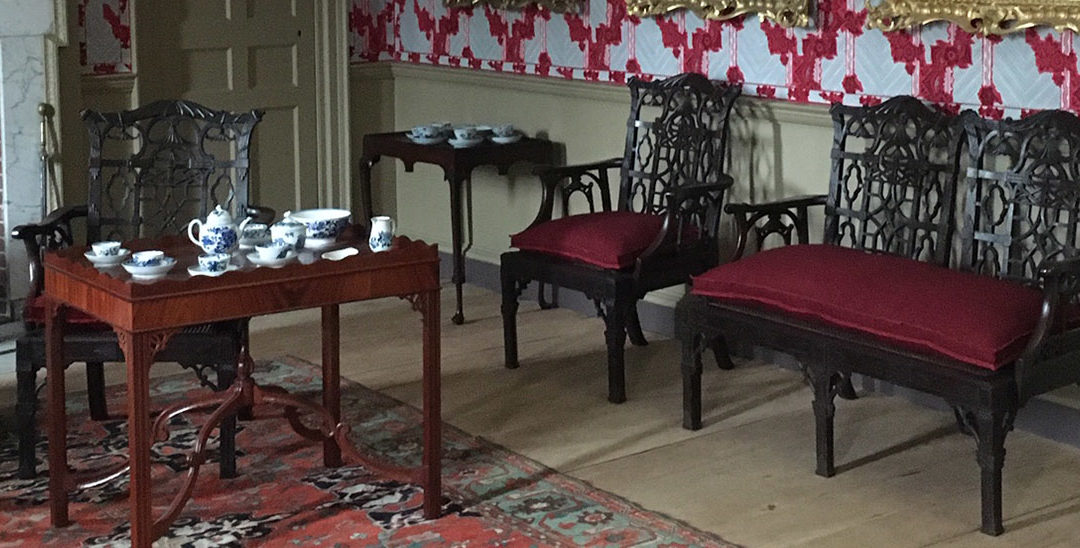
BY BARBARA WARD
For several years, a committee of staff and volunteers has been working on a renovation of the Parlor of the Moffatt-Ladd House, built in 1761–63 in Portsmouth, NH.
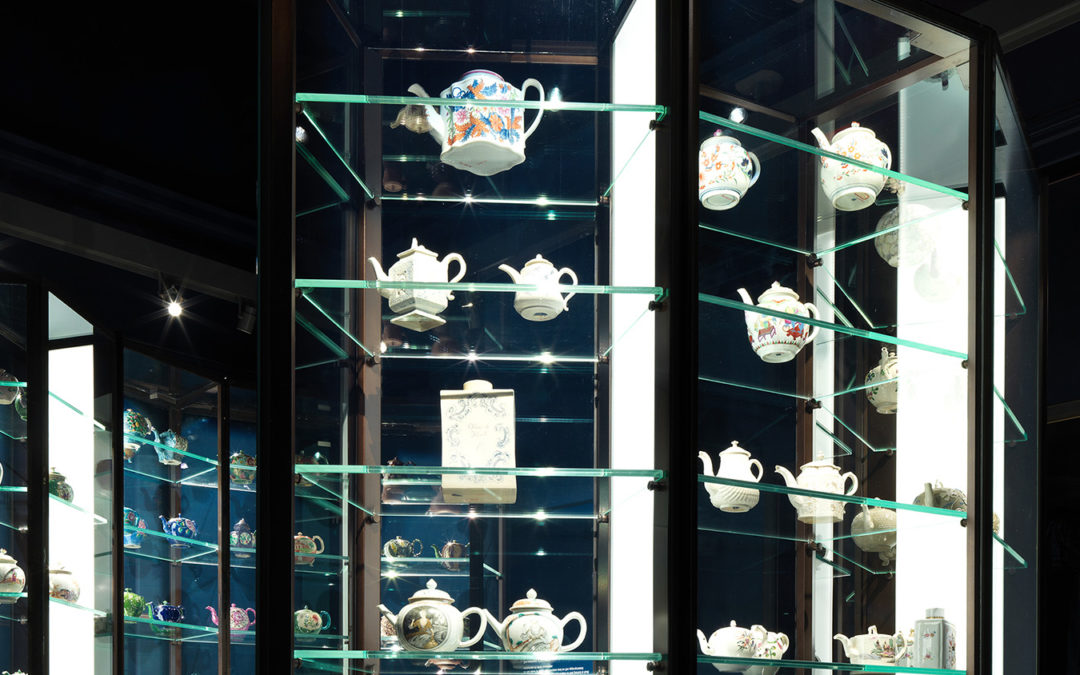
A highlight of the Metropolitan Museum of Art’s 150th anniversary plan for 2020 was the March opening of the Museum’s newly installed galleries devoted to British decorative arts, design, and sculpture.
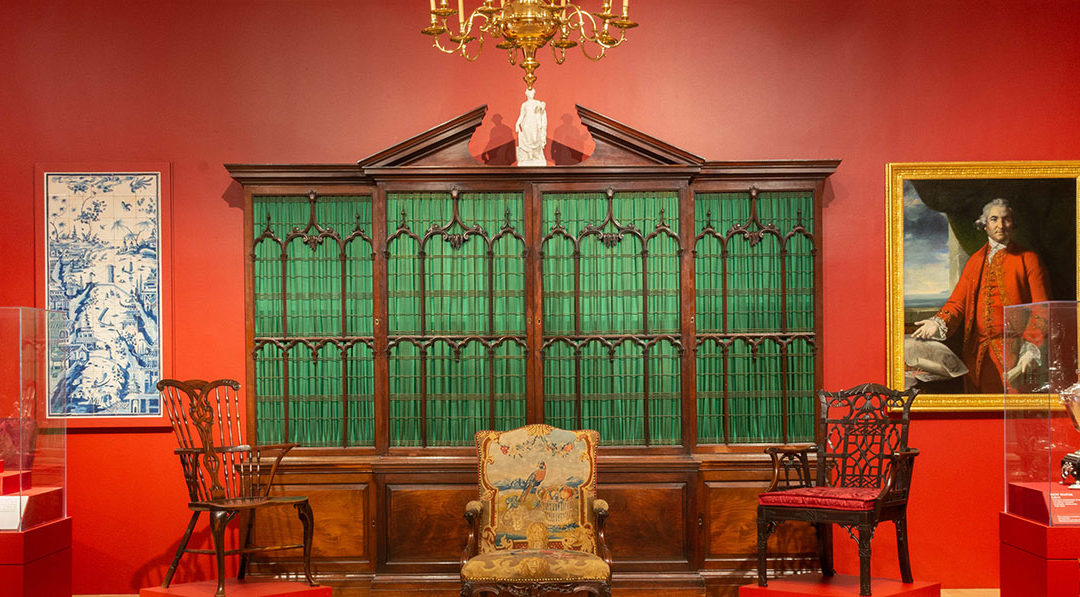
British Masterworks: Ninety Years of Collecting at Colonial Williamsburg opened in February at the DeWitt Wallace Decorative Arts Museum. The installation ranges from portraits to furniture to ornate decorative arts.
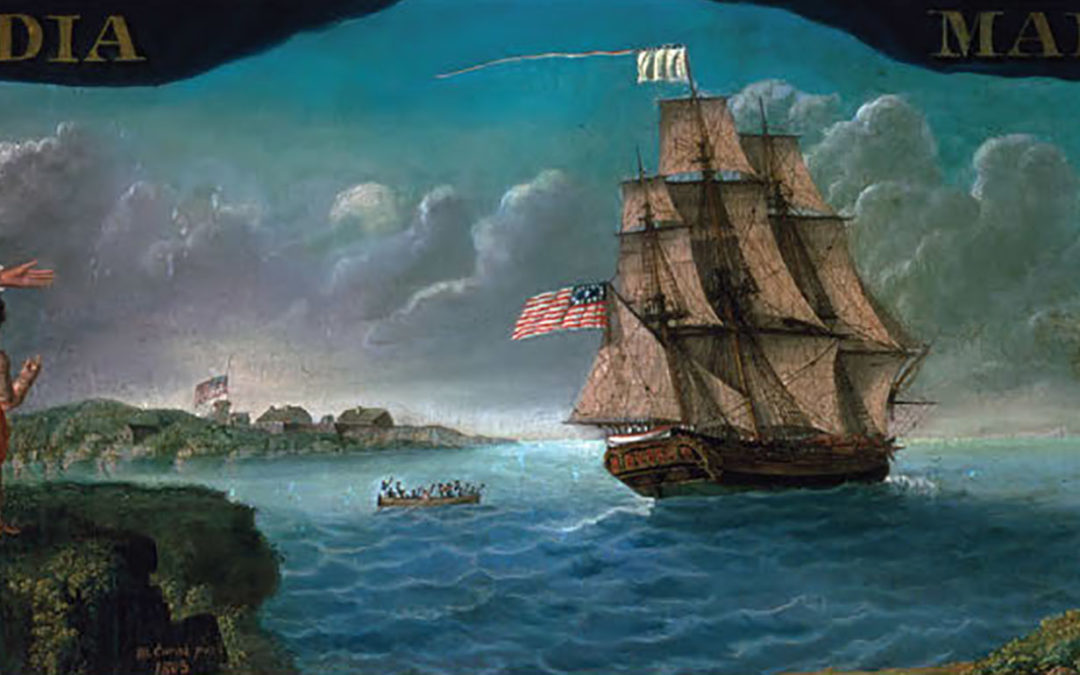
Enjoy Collecting the Globe: The Salem East India Marine Society Museum, In Pursuit of History: A Lifetime Collecting American Arts and Artifacts, and Fine American Antiques in The Stanley Weiss Collection.

Helen Scott Reed Study Trip Abroad Scholarship Program recipients Alisa Chiles, Sarah Mallory, and Jennifer Motter traveled to Amsterdam and The European Fine Art Fair (TEFAF) in Maastricht.
BY MEREDITH MOORE
The Pavilion was built as a private residence by William Ferris Pell, who purchased Fort Ticonderoga in 1820, embarking on one of the first preservation efforts in American history.
Join our mailing list to receive the latest news, tour and symposium announcements from the Decorative Arts Trust.